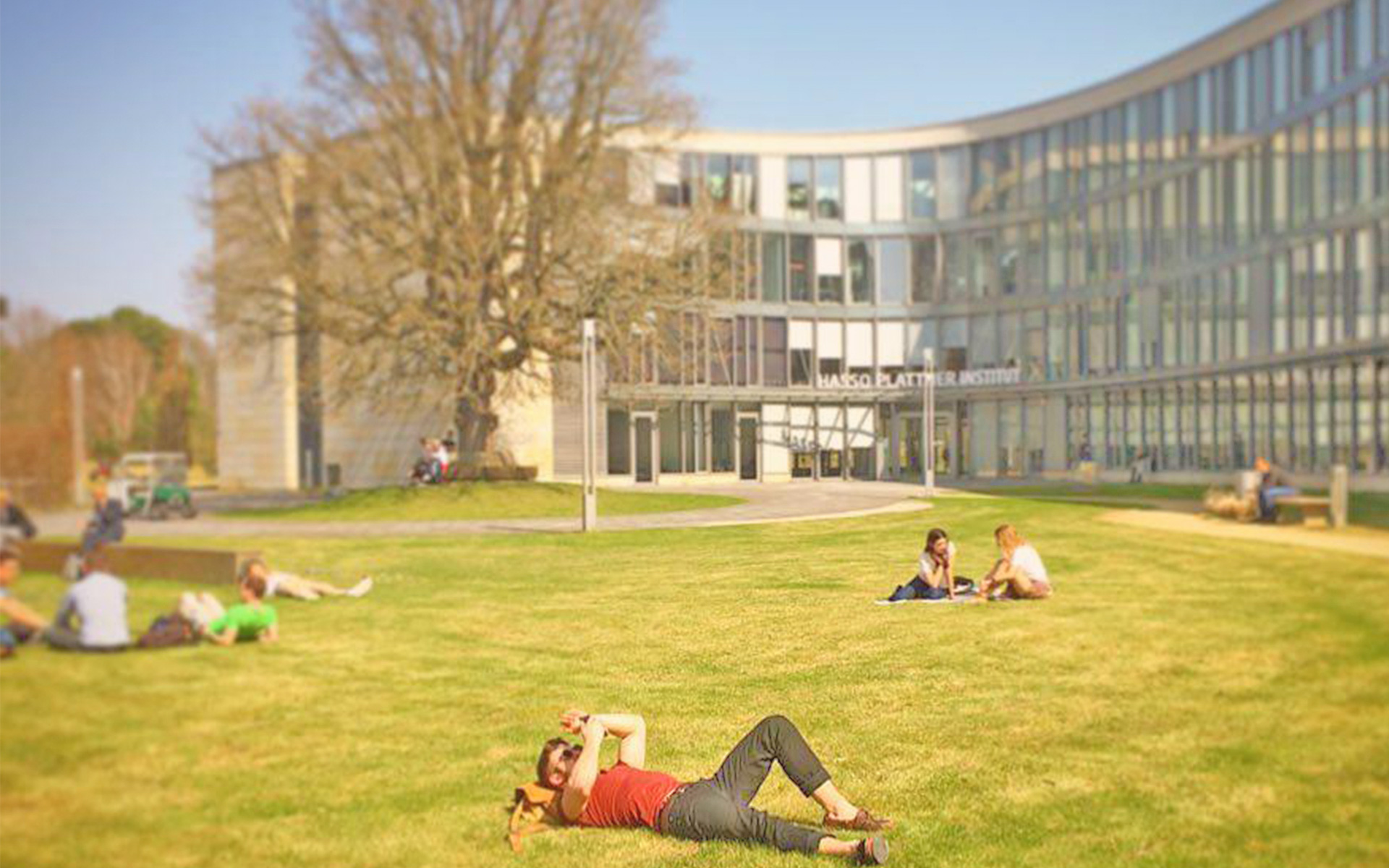Machine Learning on Spatio-Temporal Graphs (Sommersemester 2022)
Dozent:
Prof. Dr. Holger Giese
(Systemanalyse und Modellierung)
,
Christian Medeiros Adriano
(Systemanalyse und Modellierung)
,
Matthias Barkowsky
(Systemanalyse und Modellierung)
,
Iqra Zafar
(Systemanalyse und Modellierung)
Allgemeine Information
- Semesterwochenstunden: 4
- ECTS: 6
- Benotet:
Ja
- Einschreibefrist: 01.04.2022 - 30.04.2022
- Prüfungszeitpunkt §9 (4) BAMA-O: 12.08.2022
- Lehrform: Projektseminar
- Belegungsart: Wahlpflichtmodul
- Lehrsprache: Englisch
Studiengänge, Modulgruppen & Module
- CODS: Complex Data Systems
- HPI-CODS-K Konzepte und Methoden
- CODS: Complex Data Systems
- HPI-CODS-T Techniken und Werkzeuge
- CODS: Complex Data Systems
- HPI-CODS-S Spezialisierung
- DATA: Data Analytics
- HPI-DATA-K Konzepte und Methoden
- DATA: Data Analytics
- HPI-DATA-T Techniken und Werkzeuge
- DATA: Data Analytics
- HPI-DATA-S Spezialisierung
- SAMT: Software Architecture & Modeling Technology
- HPI-SAMT-K Konzepte und Methoden
- SAMT: Software Architecture & Modeling Technology
- HPI-SAMT-T Techniken und Werkzeuge
- SAMT: Software Architecture & Modeling Technology
- HPI-SAMT-S Spezialisierung
Beschreibung
Context
Spatio-temporal graphs (STG) correspond to real networks connecting people, components, and sensors, for applications from web search to event propagation like traffic jams, grid power surges, or pathogen spread, etc. These networks are deployed on dynamic environments that are subject to changes, for instance, new node (additional vehicle or sensor deployed), new edges (followers, sensor), or even new versions of nodes or edges (news feed update, signal shift, car speed, sensor range).
The spatial and temporal features of networks contribute to growing their sizes quickly, which pose scalability and robustness challenges to the latency and the accuracy of graph queries. Take for instance, the graph query “how to find the most current graph patterns of relationships in a social network (e.g., collaborators, job recommendations)? Meanwhile, a corresponding prediction task, “what is the reach and probability of propagation of an event (failures, rumors, or traffic jams) across a large network that has a certain known distribution of graph patterns?
Literatur
Foundational references
- Xia, F., et al., 2021 Graph Learning: A Survey. In IEEE Transactions on Artificial Intelligence, Vol. 2(2):109-127.
- Ma, Y, & Tang J., 2021, Deep learning on graphs. Cambridge University Press.
- Zhang, Z., et al., 2020, Deep learning on graphs: A survey. IEEE Transactions on Knowledge and Data Engineering, arxiv 1812.04202
Spatio-temporal feature as part of the node embeddings
- Wu, Z., et al., 2019, Graph WaveNet for Deep Spatial-Temporal Graph Modeling. In IJCAI.
- Xu, M., 2021, DynG2G: An Efficient Stochastic Graph Embedding Method for Temporal Graphs. In arXiv:2109.13441.
Spatio-temporal feature as a dependency inherent to the data generative model
- Makarov, I., et al., 2021, Temporal Graph Network Embedding with Causal Anonymous Walks Representations. In arXiv:2108.08754.
- You, J., et al., 2018, Graphrnn: Generating realistic graphs with deep auto-regressive models. In International conference on machine learning, In PMLR.
- Lee, J., 2019, Attention models in graphs: A survey. In TKDD.
Spatio-temporal feature as parameters of an adversarial process on a dynamic network
- Pareja, A., et al., 2020, Evolvegcn: Evolving graph convolutional networks for dynamic graphs, In the AAAI conference on Artificial Intelligence.
- Cheng, S., et al., 2021, Short-Term Traffic Forecasting by Mining the Non-Stationarity of Spatiotemporal Patterns. In IEEE Transactions on Intelligent Transportation Systems, Vol. 22(10):6365-6383
Spatio-temporal feature as parameters of an event propagation through a network
- Fritz, et al., 2021, Combining graph neural networks and spatio-temporal disease models to predict COVID-19 cases in Germany, arXiv preprint arXiv:2101.00661
- Jhun, B,. "Effective vaccination strategy using graph neural network ansatz." arXiv preprint arXiv:2111.00920 (2021).
- Murphy, C., et al., 2021, Deep learning of contagion dynamics on complex networks." Nature Communications 12.1 (2021): 1-11.
Lern- und Lehrformen
The course is a project seminar, which has an introductory phase comprising initial short lectures. After that, the students will work in groups on jointly identified experiments applying specific solutions to given problems and finally prepare a presentation and write a report about their findings concerning the experiments.
There will be an introductory phase to present basic concepts for the theme, including the necessary foundations.
Lectures will happen in seminar room and the students interested can also join online via Zoom (credentials)*
Leistungserfassung
We will grade the group's reports (80%) and presentations (20%). Note that the report includes documenting the experiments and the obtained results. Therefore, the grading of the report includes the experiments. During the project phase, we will require participation in meetings and other groups' presentations in the form of questions and feedback to their peers.
Termine
The first lecture will take place on April 26, 2022 (Tuesday) from 11:00-12:30. The lectures will take place remotely and in room A-1.1. An invitation to participate via Zoom will be published in good time in the HPI GitLab at credentials *
We will follow the recurrent schedule of:
- Tuesdays from 11:00-12:30 in room A-1.1
- Wednesdays from 11:00-12:30 in room A-2.1 (different room)
* In case that you do not have access to GitLab, please email christian.adriano@hpi.de
Zurück

